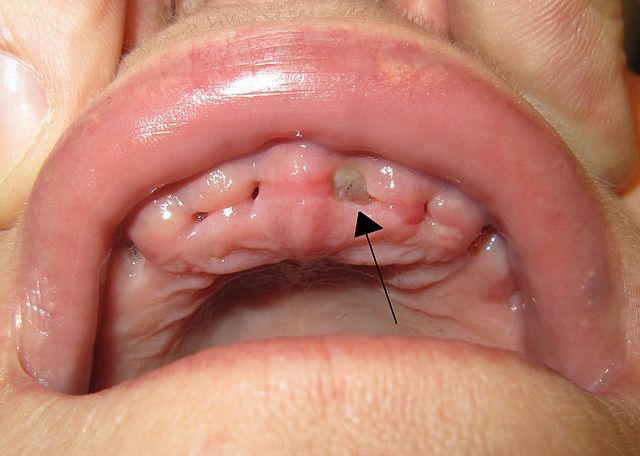What is a Dry Socket?
A dry socket is a painful condition that occurs when the blood clot in your mouth after a tooth extraction fails to dissolve as quickly as normal. This leads to irritation and damage to the bone surrounding the affected tooth, causing it to become inflamed. Dry sockets are relatively common after third molar extractions (also known as wisdom teeth), which are often extracted due to a lack of space in your jaw.
While it’s unclear exactly why some people develop dry sockets after an extraction, there are several potential causes: The most likely culprits include poor oral hygiene prior to extraction or during recovery; smoking; taking pain medication that contains aspirin or ibuprofen; using mouthwash containing alcohol within 24 hours of surgery, and having an imbalance of calcium and phosphorus levels in your body (a condition known as hyperparathyroidism).
What Does a Dry Socket Look Like?
A dry socket is an open wound that occurs when a tooth is removed. It can range from a small, open wound to an abscess and is characterized by throbbing pain and sensitivity to hot or cold. The most common symptom of dry socket is pain, which typically worsens after the first 24 hours following extraction, but may be present for several days.
What Causes A Dry Socket?
Dry socket is caused by the loss of blood clot that forms around the tooth after it has been removed. It can also be caused when wisdom teeth or impacted teeth are removed, though this is less common than a dry socket following a regular extraction.
People who have diabetes, smokers, and those who are taking nonsteroidal anti-inflammatory drugs (NSAIDs) like aspirin and ibuprofen are much more likely to develop dry sockets.
Dry Socket Symptoms
Pain
Pain is the most common symptom of dry sockets, which can be very painful. It may feel like a toothache in the affected area or even like a migraine.
Swelling
Swelling is also typical of dry sockets, so if you notice redness and swelling around your extraction site, there’s a good chance that it’s been affected by this condition as well as pain and tenderness (see below). If the swelling doesn’t go away within a few days after your procedure, contact your dentist right away to make sure that everything is okay!
Bad Taste In Mouth
Treatment Of A Dry Socket
If you’re experiencing a dry socket, the first thing to do is to seek medical treatment. You may be able to get rid of the pain by using over-the-counter pain medication. If it’s not an emergency situation, you can also try rinsing your mouth with warm salt water and applying a cold pack to the affected area. It’s important to eat soft foods for a few days until the pain subsides.
Dry Socket Prevention
Cold Compress
Use a cold compress on an ongoing basis after brushing your teeth until the pain subsides completely (this could take up to two weeks). Applying ice cubes directly onto the socket area may sting, so try wetting paper towels in advance with cold water before placing them over the painful area. Do this for several minutes at a time until it feels numb enough for you to move comfortably.
OTC (Over-The-Counter) Medication
Take over-the-counter pain relievers such as ibuprofen or acetaminophen every eight hours until symptoms subside completely (which should happen within two weeks). If possible wait 4 hours between doses instead of taking another pill immediately after finishing off the current dosage.
Don’t Smoke, Vape, Or Use A Straw
Conclusion
Dry socket is a common ailment that can be painful and unpleasant. If you feel that you are experiencing a dry socket, you should immediately contact your dentist so they can treat the issue!

